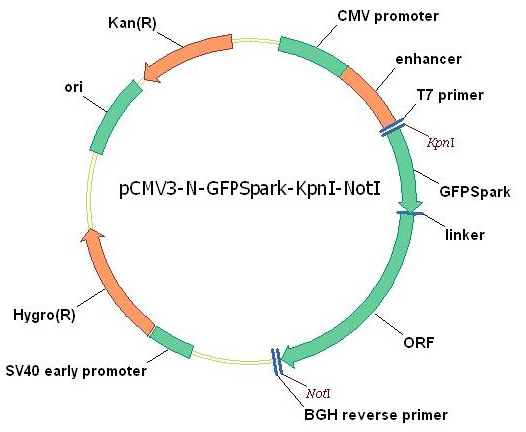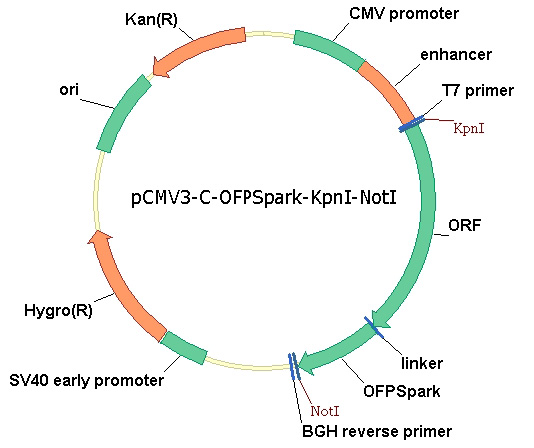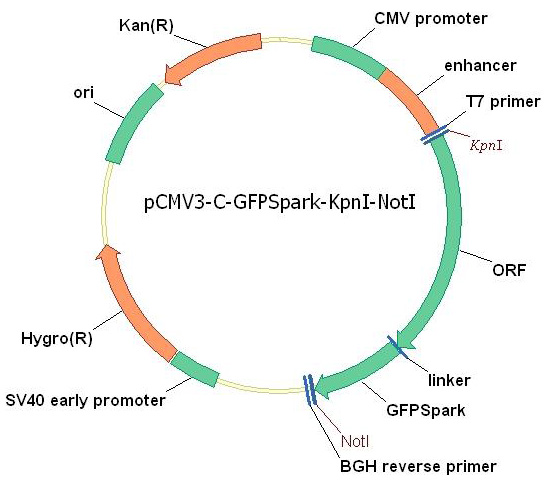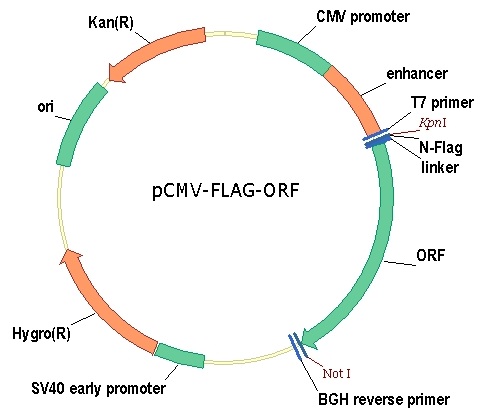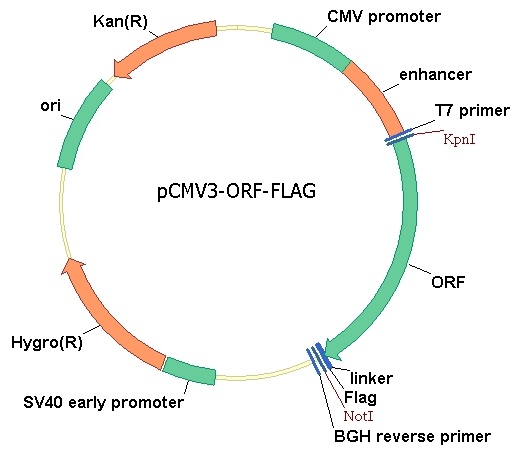RIPK3
| Gene Symbol | RIPK3 |
|---|---|
| Entrez Gene | 11035 |
| Alt Symbol | RIP3 |
| Species | Human |
| Gene Type | protein-coding |
| Description | receptor-interacting serine-threonine kinase 3 |
| Other Description | RIP-3|RIP-like protein kinase 3|receptor interacting protein 3|receptor-interacting protein 3|receptor-interacting serine/threonine-protein kinase 3 |
| Swissprots | C4AM87 Q5J795 B4DJL9 Q5J796 Q9Y572 Q6P5Y1 |
| Accessions | EAW66021 EAW66022 Q9Y572 AF156884 AAD39005 AK075275 AK296140 BAG58881 AK296309 BAG59007 AY453693 AAS16359 AY494982 AAS75516 AY494983 AAS75517 BC041668 BC062584 AAH62584 BE676675 DB274842 NM_006871 NP_006862 |
| Function | Essential for necroptosis, a programmed cell death process in response to death-inducing TNF-alpha family members. Upon induction of necrosis, RIPK3 interacts with, and phosphorylates RIPK1 and MLKL to form a necrosis-inducing complex. RIPK3 binds to and enhances the activity of three metabolic enzymes: GLUL, GLUD1, and PYGL. These metabolic enzymes may eventually stimulate the tricarboxylic acid cycle and oxidative phosphorylation, which could result in enhanced ROS production. {ECO:0000269|PubMed:19498109, ECO:0000269|PubMed:19524512, ECO:0000269|PubMed:19524513, ECO:0000269|PubMed:22265413, ECO:0000269|PubMed:22265414, ECO:0000269|PubMed:22421439}. |
| Subcellular Location | Cytoplasm, cytosol {ECO:0000269|PubMed:22265413}. Cell membrane {ECO:0000250}. Mitochondrion {ECO:0000305}. |
| Tissue Specificity | Highly expressed in the pancreas. Detected at lower levels in heart, placenta, lung and kidney. Isoform 3 is significantly increased in colon and lung cancers. {ECO:0000269|PubMed:15896315}. |
| Top Pathways | Cytosolic DNA-sensing pathway, TNF signaling pathway |
Search more
